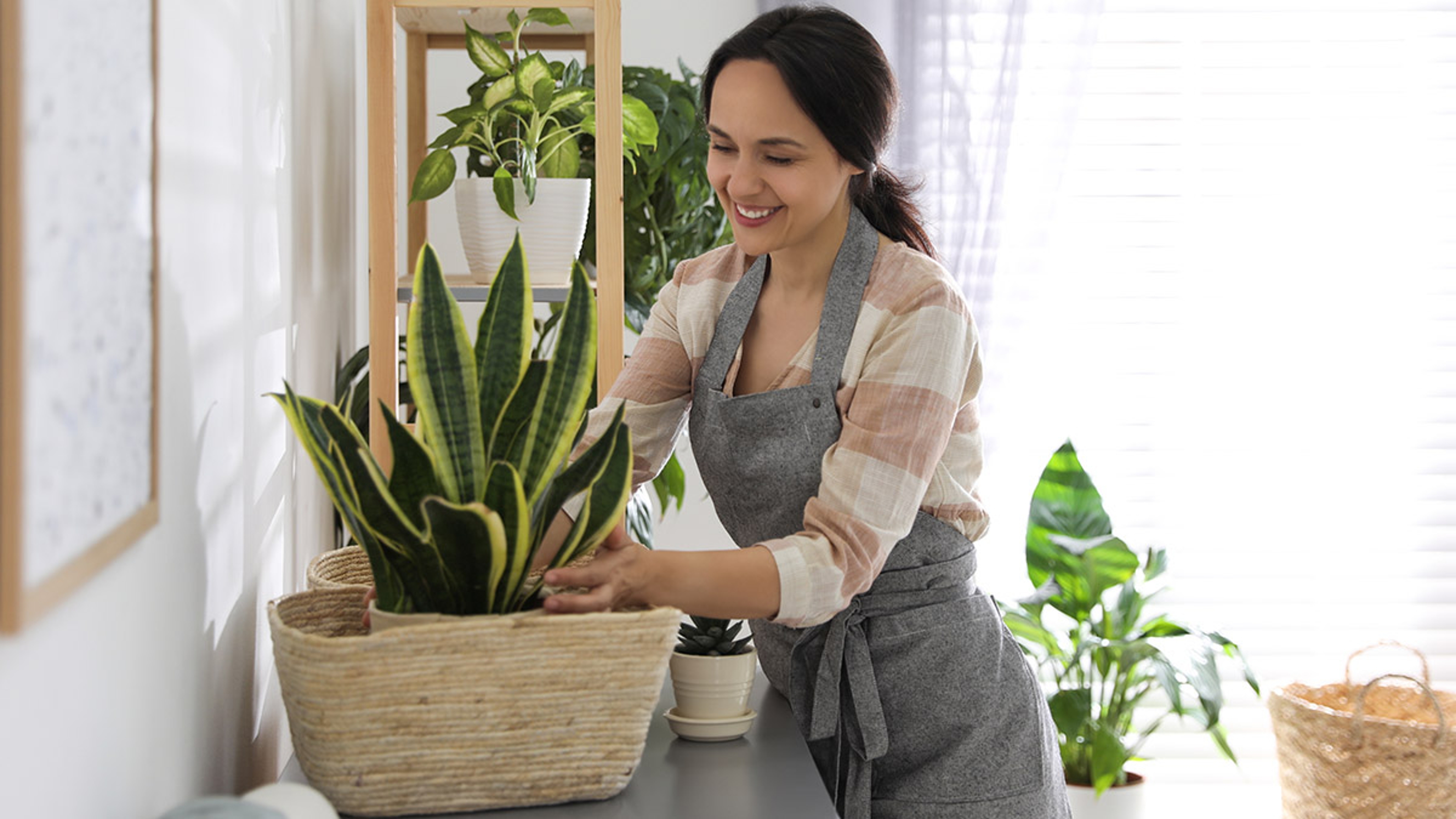Rose Garden Care & Tips
Learn from floral expert Jerry Rosalia about how to care for your rose garden, including when and how to prune, plant, and fertilize roses.
Jun 08, 2016
Garden roses come in several different categories — including miniature, climbing, and hybrid — and each category contains many types of roses. But regardless of the variety of garden rose you're growing, the maintenance of these flowers is more or less the same.
Read on to learn my tips on rose garden care, including where and when to plant your roses, and how to care for them once they're in the ground.
When and how to prune roses

In the Northeast, the best time to prune is in the spring, when forsythias are in bloom, and again in the fall, four to six weeks before the first hard frost. Pruning in the early spring is done to remove any damage that occurred during the winter months, as well as to remove any old flowers. Always prune dead wood back to healthy tissue by removing dead, damaged, or diseased branches. Healthy branches will be white or light green in the center. Any discoloration, spots, or mildew on branches should be cut out. Removing spent or withered flowers encourages more future blooms; this is called “deadheading.”
Where to plant roses
Roses should be planted in an area in your garden that receives a minimum of five to six hours of full sun. Don’t overcrowd the plants and don't plant rose bushes too close to walkways — you want to give them plenty of room to grow. Leave enough space so they will not be affected by winter snow removal or the “ice melt” on your walkway, which can hurt or damage your plants.
Nourish your roses
Prepare the soil
Add the amount of organic material suggested on the product you have purchased. You can buy compost from your local garden store or make your own from grass and leaf clippings around your yard. Some gardeners recommend adding a four-inch square of gypsum (wallboard) and a 16 penny nail at the bottom of the planting hole to provide calcium and iron. Do this whether your rose bush comes already planted or dry pack, where the rose stems have been coated in wax. Once established, roses should be fed on a regular basis throughout the blooming cycle.
Fertilize your rose garden
Usually starting in April (and each month thereafter), apply about 1 cup of balanced rose fertilizer (5-10-5) to each bush and sprinkle around the plant but not against the plant itself. (For those unfamiliar, balanced rose fertilizer simply means a blend of nitrogen, phosphorous, and potassium with the ratio 5-10-5.) In May and June, add a tablespoon of Epsom salt (magnesium sulfate) to the fertilizer; this will encourage new growth from the bottom of your bush. If you spot pests or disease, such as black spot, powder dew, and cankers, on your bushes, consult a county extension service or local garden center.
Prepare for winter
In late fall, stop feeding six weeks before the first anticipated frost but continue watering during the dry autumn weather. After the first few frosts, mound mulch or compost around the plants. In the spring, start the process all over with your rose pruning and fertilizing!










